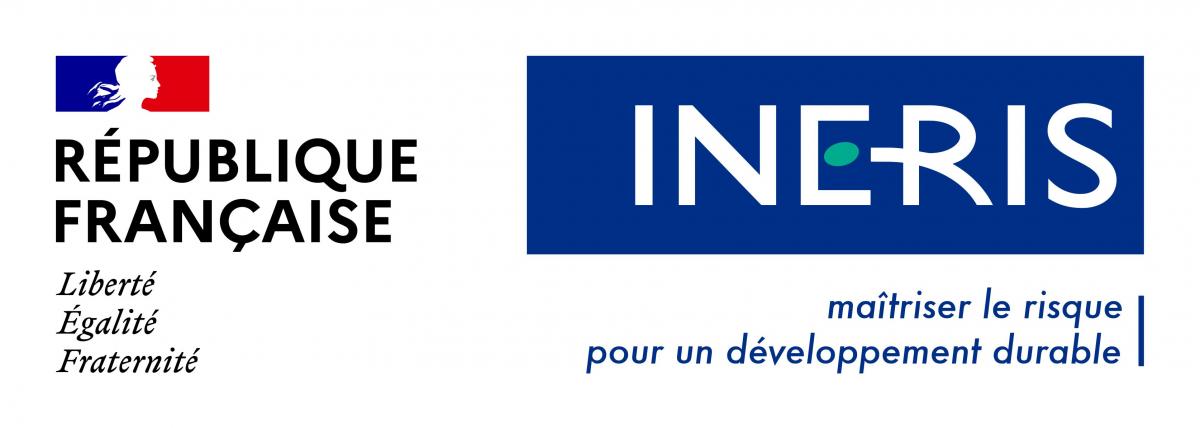Source apportionment of PM10 in Paris: a focus on traffic resuspension
Résumé
Gaining knowledge on the process of particle resuspension from urban paved roads is of particular importance considering the increasing relevance of this source in urban air quality management and the lack of basic information on emission factors and source contributions. In this study (Amato et al., 2016) we performed extensive field measurements for the quantification of the emission factors from different types of road in the city of Paris, and investigated the causes of their variability and the contributions to the ambient air PM10 observed across one year at one traffic monitoring site in the ring road of Paris (Figure 1). Results show agreement between lower road dust loadings (RD10: 0.7-2.2 mg m-2) and emission factors (5.4-9.0 mg vehicle-1 km-1) at inner-roads of Paris, compared to the ring road (2.4 mg m-2 and 17 mg vehicle-1 km-1, respectively, Table 1), where the two parameters are estimated independently. The higher values in the ring road were likely caused by the poor state of pavement and higher share of heavy duty vehicles. Road wear, brake wear and a carbonaceous source, were almost equally responsible for 96% of RD10. At the traffic monitoring site located at the ring road (220,000 vehicle/day), the contributions of road dust emissions were estimated by receptor modelling to be 13% of PM10 on an annual mean (6.3 μg m-3), while the sum of vehicle exhaust and wear accounted for 47%) resulting in a total traffic contribution of 60% of PM10 (Figure 2). Road salting resulted to be a minor contributor (1% of annual mean) also in winter time (2%)...
